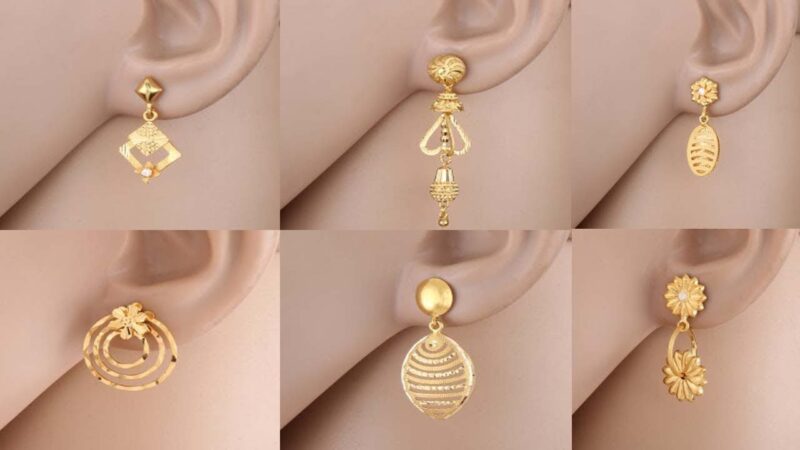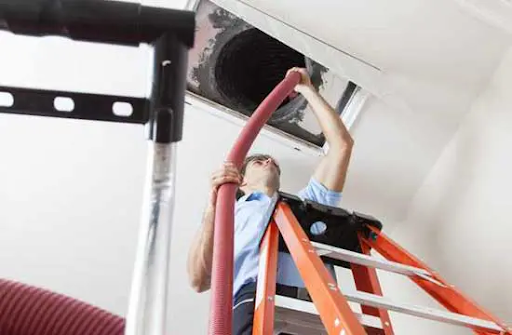Can You Identify Tempered Glass by Looking at It?

Tempered glass is all around us—in our car windows, smartphone screens, shower doors, and even in office buildings. Known for its strength and safety features, it’s a specially treated type of glass that’s designed to shatter into small, blunt pieces rather than sharp shards. But how can you tell if a piece of glass is tempered just by looking at it? While it’s not always obvious, there are some telltale signs that can help you identify tempered glass with the naked eye.
Look for a Manufacturer’s Stamp or Label
The easiest way to identify tempered glass is to check for a permanent label or etching. Manufacturers are typically required to mark tempered glass with a small stamp known as a bug. This stamp is usually located in one of the corners and may include information such as the manufacturer’s name, a certification number, and the word “Tempered.”
However, this label can sometimes be faint or difficult to see, especially if the glass has been installed in a way that hides the corner. Additionally, in older installations or poorly manufactured products, the label might be missing altogether. Still, this is the first and most straightforward method to verify tempered glass.
Examine the Edges of the Glass
If the stamp is missing, another visual clue lies in the edges of the glass. Tempered glass typically has smooth, uniform edges that are slightly rounded—a result of the grinding and polishing process used to prepare the glass for tempering. These edges may look more finished than the sharp, rough edges of regular annealed glass.
However, this method isn’t foolproof. Some annealed glass used in furniture or decorative pieces can also have polished edges. Still, when combined with other signs, edge inspection can support your assessment.
Look for Distortion or a Wavy Appearance
Tempered glass is heat-treated, and this process can leave subtle optical distortions. If you look through a piece of tempered glass at a slight angle, you may notice a wavy or rippling effect. This is more apparent when looking at reflections or when the glass is viewed from the side.
This phenomenon is known as roller wave distortion, and while it’s not always present, it can help differentiate tempered glass from untreated or laminated glass, which tends to have a clearer, more uniform appearance. That said, newer manufacturing technologies have reduced these imperfections, so this sign isn’t always visible.
Use Polarized Sunglasses for a Clue
One lesser-known trick is to wear polarized sunglasses when looking at the glass. Tempered glass often displays a checkerboard or “tiger stripe” pattern when viewed through polarized lenses, especially in bright sunlight or under certain artificial lighting.
These patterns are a result of internal stresses created during the tempering process. While this method doesn’t give a definitive answer in every situation, it can be a useful tool in environments like car dealerships or homes where glass surfaces are plentiful and varied.
Consider the Application and Context
Finally, context matters. Certain types of glass installations are more likely to use tempered glass due to safety regulations. For example, glass doors, shower enclosures, and automotive side windows are typically made from tempered glass. If the glass in question is installed in a location where breakage would pose a serious hazard, it’s likely to be tempered.
Understanding building codes and safety requirements can offer useful hints. While this doesn’t confirm the type of glass on its own, it adds an important layer of reasoning to your visual inspection.
What About Testing Tempered Glass?
What About Testing Tempered Glass?
If visual inspection leaves you uncertain, there are non-destructive testing methods that professionals use to confirm whether glass is tempered. Specialized tools like polarized light filters can reveal internal stress patterns more clearly than regular sunglasses. Some technicians use mobile apps in conjunction with polarized film to check for the stress signature of tempered glass. However, it’s important to avoid any destructive tests—like trying to break a corner—since tempered glass is designed to shatter completely when broken, posing both safety and replacement concerns.
Why It Matters to Know the Difference
Identifying tempered glass isn’t just a matter of curiosity—it has real-world implications for safety, compliance, and replacement. Using the wrong type of glass in areas that require safety glazing can lead to serious injuries and legal liabilities. Similarly, when replacing a broken window or installing a new panel, matching the glass type ensures consistent performance and meets building code requirements. Whether you’re a homeowner, contractor, or curious observer, knowing how to spot tempered glass empowers you to make informed, safer choices.
Conclusion
While you can’t always identify tempered glass with absolute certainty just by looking at it, there are several visual and contextual clues that can help you make an educated guess. From manufacturer stamps and polished edges to optical distortions and the use of polarized sunglasses, each method offers insight into the glass’s properties.
If it’s critical to know whether the glass is tempered or laminated or insluated the best approach is to consult a professional or request documentation from the manufacturer. But with a keen eye and a bit of knowledge, you can often make a fairly confident assessment on your own.
This content is brought you by: GreenTech Glass USA



